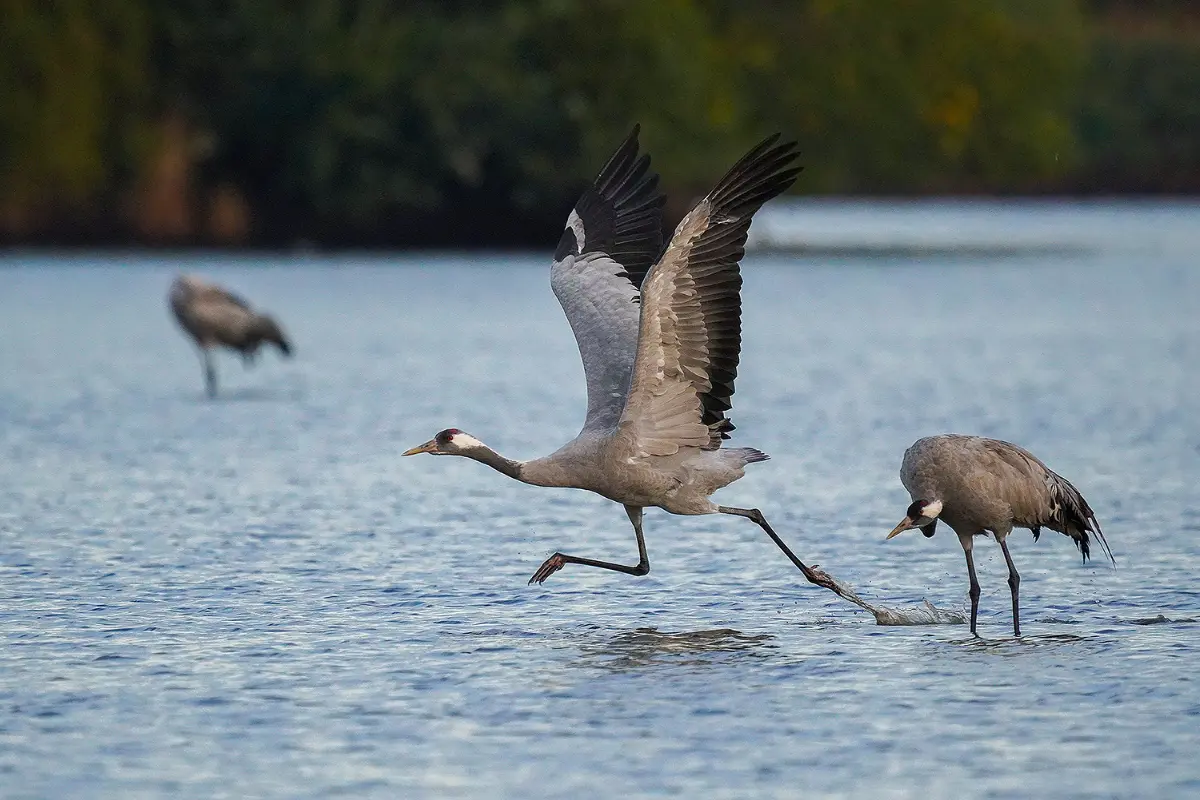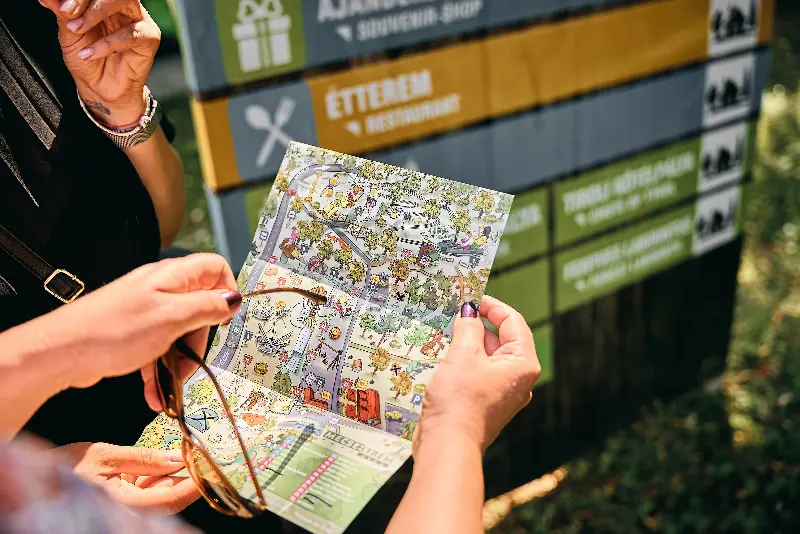
Helyszín címkék:
The miraculous phenomenon of the Hortobágy wilderness, the crane migration, begins!
Hype&Hyper
At this time of the year, tens of thousands of noisy birds in their characteristic v-shapes dot the skies or the waters where they retreat to rest at night. In the Hortobágy, these few months are literally celebrated as a holiday, with a long series of events every year, the Hortobágy Crane Festival, which brings visitors closer to the “guest nights” of the majestic birds.

The cranes’ breeding range stretches from western Europe to Eastern Siberia, and they spend the cold months in warmer places in France, Spain and North-Eastern Africa. Most of the birds from the Baltic States and North-Western Russia stop in Hungary on their long journey south, so at certain times of the autumn, up to 100,000 birds may visit our country. In addition to the Hortobágy, it is also easy to meet them in the Transdanubian region, for example in the area of Lake Fertő, but the largest national park in the Great Plain is also an ideal shelter for birds in many ways.
During their break, it is essential that they get enough food and stay fit for the rest of their journey. The seeds that fall during harvest in agricultural fields, such as maize and wheat fields, help to alleviate the hunger of the cranes, and the area has another feature that contributes to the comfort of the guests; resident birds seek refuge from predators in our drained fishponds and shallow saltmarsh ponds at night, migrating in droves at dusk and flying out at dawn to the surrounding feeding grounds. These two periods of the day are the best times to see the birds fly, and if you want to be part of the experience, there are many ways to do so.

The Hortobágy National Park offers guided tours to the birds’ favourite places of residence, which can be done in many exciting ways: groups can start in their own car, by small train, by bicycle, on foot and even by horse-drawn carriage. The tours vary in difficulty and length, and have different themes: some are specifically designed to follow birds foraging in the sun, but almost without exception, the highlight of each trip is the arrival of the birds at the ponds at sunset.

The park accompanies the event with ethnographic and scientific presentations, film screenings, music and dance performances, drawing and photography competitions, a dance house, craft activities, traditional food tasting and an astronomy demonstration, so everyone can find a programme to suit their age group and interests.
The incredible scenery has inspired many, perhaps the best known of whom is nature photographer Bence Máté, whose bird photographs, including those taken in Hortobágy, have won more than 700 awards over the years, including first place in the World Press Photo press photography competition and BBC Wildlife Photography of the Year. The photographer is working hard to ensure that the treasures of the area are shared and preserved – for example, he is the inspiration behind the concept of the world’s only Bird Theatre, where visitors can get up close to the shy wild birds in a bird-watching hide used by photographers.

The crane is the heraldic bird of the Hortobágy National Park and one of its most treasured natural treasures. The Hortobágy National Park Visitor Centre also features an interactive exhibition on the species, its role in human culture and many other interesting facts, but its visitability is not limited to the short magical autumn months when the birds come to visit in person.
Photo: Attila Szilágyi / Hortobágy National Park






